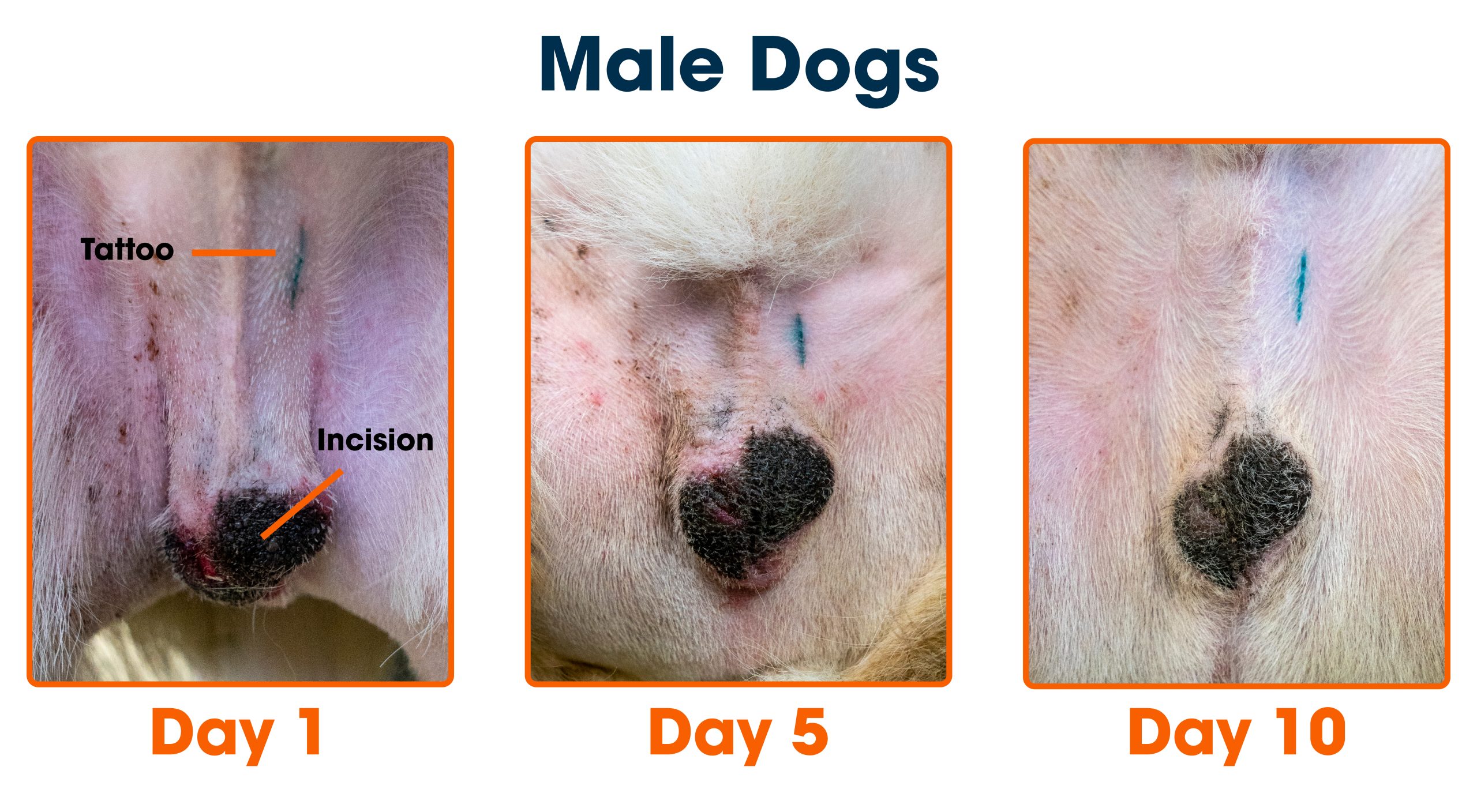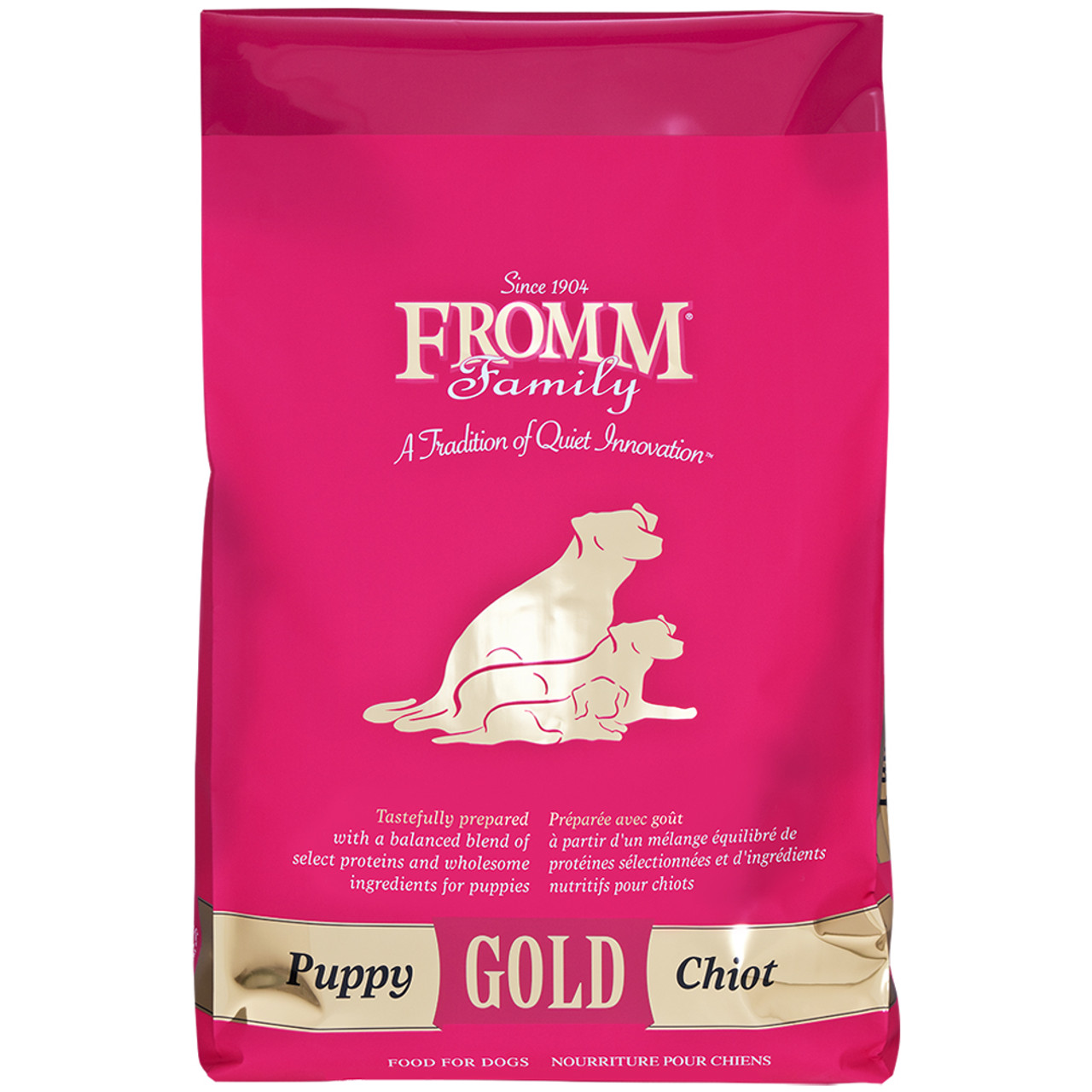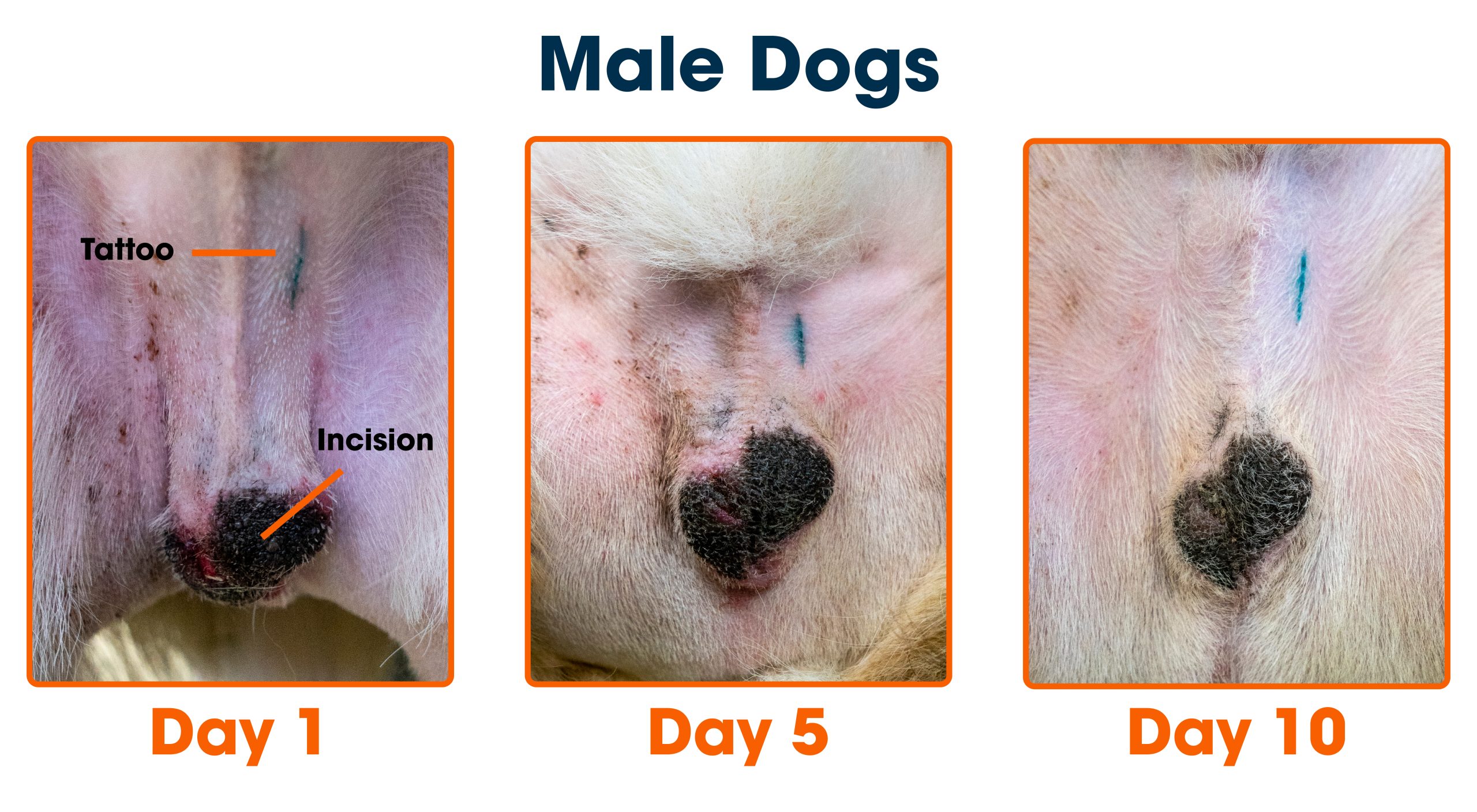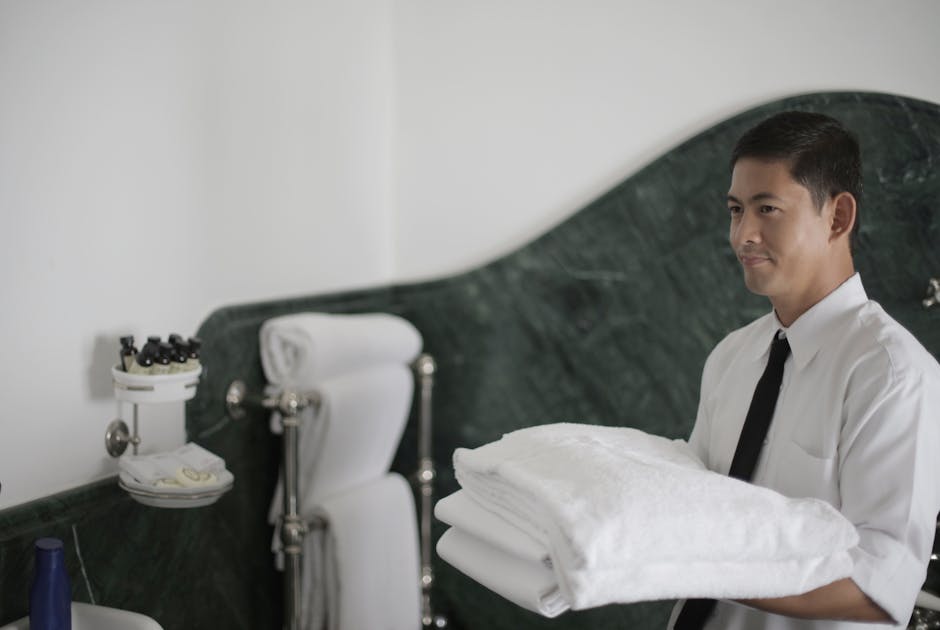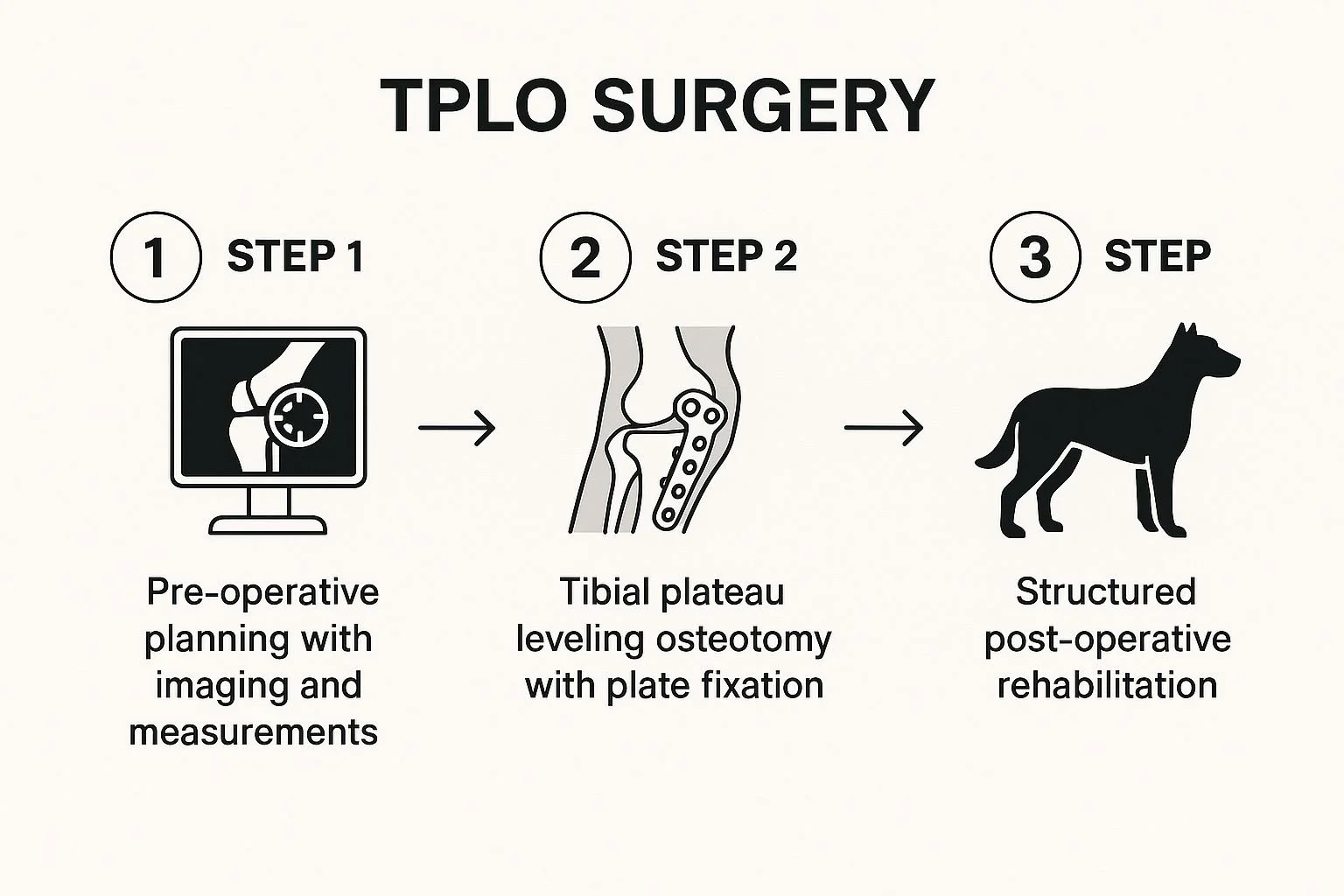If your dog needs TPLO surgery, you’re probably wondering how long it will take for them to get back on their paws. Recovery time is one of the biggest concerns for pet owners facing this procedure.
You want to know what to expect, how to help your furry friend heal faster, and when they can return to their happy, active self. You’ll find clear answers about the recovery process, tips to support your dog’s healing, and realistic timelines so you can prepare yourself and your pet for the road ahead.
Keep reading to learn everything you need to help your dog recover smoothly from TPLO surgery.
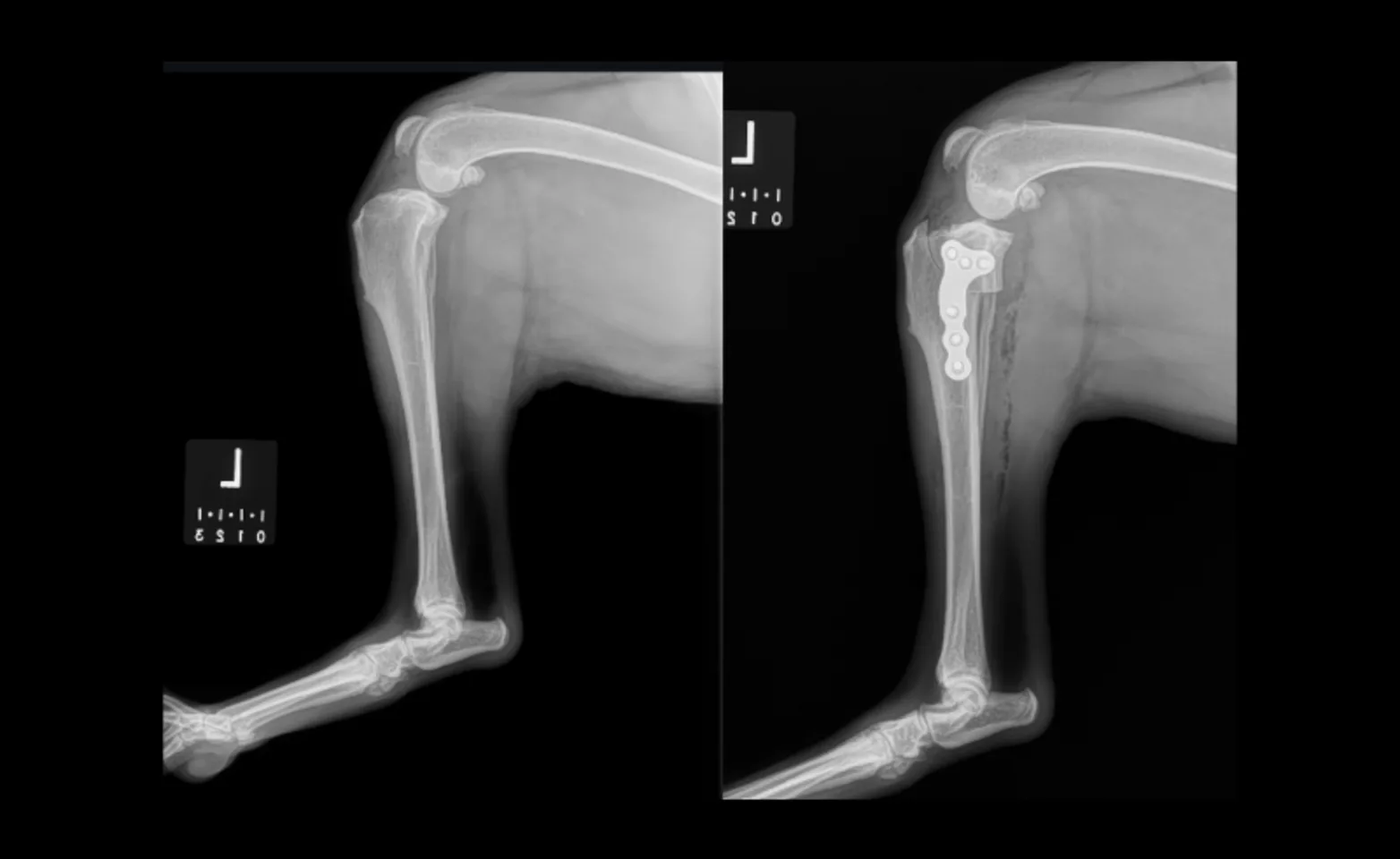
Credit: www.hopkintonanimalhospital.com
Tplo Surgery Basics
Understanding the basics of TPLO surgery helps pet owners prepare for their dog’s recovery. TPLO stands for Tibial Plateau Leveling Osteotomy. This surgery is common in veterinary medicine. It treats a serious knee injury in dogs. Knowing its purpose and who needs it guides better care for your pet.
Purpose Of Tplo Surgery
TPLO surgery aims to stabilize the dog’s knee joint. It fixes the torn cranial cruciate ligament (CCL), which is like the ACL in humans. This ligament prevents the knee from moving abnormally. When torn, dogs limp and feel pain. The surgery changes the knee’s angle to stop instability. This helps dogs regain normal movement and reduces arthritis risk.
Who Needs Tplo Surgery
Dogs with a torn cranial cruciate ligament need TPLO surgery. This injury often happens in active or middle-aged dogs. Larger breeds are more prone to it. Signs include limping, difficulty standing, or swelling in the knee. A vet will diagnose through physical exams and X-rays. TPLO is recommended when other treatments won’t restore full knee function.

Credit: www.facebook.com
Typical Recovery Timeline
Understanding the typical recovery timeline after TPLO surgery can help you set realistic expectations for your dog’s healing process. Each stage requires specific care and attention to support your pet’s comfort and mobility. Let’s break down what you can expect during each phase of recovery.
First Week After Surgery
The first week is critical. Your dog will likely be groggy from anesthesia and in some pain. You’ll need to manage pain with medications prescribed by your vet and restrict activity to prevent stress on the surgical site.
Keep your dog confined to a small, comfortable space to avoid jumping or running. You may notice swelling or mild discharge around the incision, but any excessive redness or foul smell should prompt a vet visit immediately.
Weeks Two To Four
During this period, healing starts to pick up. Your dog will begin to regain some movement, but strict leash walks only are essential to avoid overexertion. Physical therapy exercises recommended by your vet can help maintain muscle tone.
Pay attention to your dog’s behavior—signs of limping or discomfort may mean you need to slow down. This stage is about building strength without risking setbacks.
Weeks Four To Eight
Your dog’s mobility should improve noticeably by now. You can gradually increase controlled activity, but avoid off-leash running or jumping. Continued physical therapy is key to full recovery.
Many dogs start using the leg more confidently, but lingering stiffness or hesitance is normal. Have you noticed your dog’s energy levels rising? This signals progress but don’t rush the process.
Long-term Recovery
Complete healing can take up to six months. Even after the bone has healed, muscles and joints need time to regain full strength and flexibility. Regular check-ups with your vet will track progress and address any lingering issues.
How will you keep your dog motivated during this slow phase? Positive reinforcement and patience can make a big difference. Remember, every dog’s recovery is unique, and your support is crucial throughout.
Factors Affecting Recovery
Recovery time after TPLO surgery in dogs varies widely due to several factors. Understanding these can help you set realistic expectations and provide the best care for your furry friend. Let’s look at what influences the healing process and how you can support your dog’s road to recovery.
Dog’s Age And Health
Older dogs tend to heal more slowly because their bodies don’t regenerate tissue as quickly as younger dogs. If your dog has existing health issues like arthritis or obesity, these can also complicate recovery. Have you noticed how your dog’s energy levels or appetite change during recovery? These clues tell you a lot about their overall health and healing progress.
Size And Breed Considerations
Big dogs often take longer to recover than smaller breeds due to the extra weight on their joints. Certain breeds with dense muscle mass or unique bone structures might also experience different recovery timelines. For example, a Labrador Retriever may need a bit more time compared to a smaller terrier because of their size and activity level.
Post-surgery Care
The quality of post-surgery care directly impacts how quickly your dog recovers. Strict rest, controlled exercise, and following the vet’s medication schedule are critical. Have you set up a quiet, comfortable space for your dog to rest? Small things like proper bandage care and regular vet check-ups can make a big difference in avoiding complications.
Managing Pain And Discomfort
Managing pain and discomfort after TPLO surgery is crucial for your dog’s smooth recovery. Pain control not only helps your pet feel better but also encourages healing by reducing stress and preventing unnecessary movement. Understanding how to effectively ease your dog’s discomfort can make a significant difference in their recovery journey.
Medications
Veterinarians usually prescribe pain medications to keep your dog comfortable after TPLO surgery. These might include non-steroidal anti-inflammatory drugs (NSAIDs) to reduce swelling and pain or stronger painkillers if needed.
Always follow your vet’s dosage instructions carefully. Overdosing can be harmful, while underdosing may leave your dog in pain. If you notice any side effects like vomiting, loss of appetite, or unusual behavior, contact your vet immediately.
Sometimes, your vet may also recommend supplements like omega-3 fatty acids to support joint health. Have you ever seen how a slight adjustment in medication timing helped a dog stay calmer and more comfortable? Small changes can have big effects.
Home Remedies
Along with medications, certain home remedies can help ease your dog’s discomfort naturally. Applying a warm compress to the surgical area can soothe muscles and reduce stiffness.
Ensure your dog has a quiet, cozy space to rest without distractions. Limiting activity and providing soft bedding can prevent unnecessary strain on the healing leg.
Did you know gentle massage around the non-operated areas can promote circulation and relaxation? Just be sure to avoid the surgical site unless your vet approves.
- Keep your dog hydrated and offer nutritious food to support healing.
- Use an Elizabethan collar to prevent licking or chewing at the incision.
- Monitor your dog’s mood and behavior to catch any signs of worsening pain early.
How do you balance comfort and activity to keep your dog healing without getting frustrated? Finding that sweet spot takes patience but pays off with a happier, healthier recovery.
Rehabilitation And Physical Therapy
Rehabilitation and physical therapy play a vital role in helping your dog recover after TPLO surgery. These steps support healing by improving joint function, reducing pain, and preventing muscle loss. Engaging in the right activities can speed up recovery and improve your dog’s quality of life.
Exercises To Promote Healing
Gentle exercises help rebuild strength without stressing the healing bone. Simple activities like controlled leash walks encourage movement while protecting the surgical site.
- Passive range-of-motion exercises keep joints flexible and prevent stiffness.
- Swimming is excellent once your vet approves; it provides low-impact resistance.
- Short, frequent walks help improve circulation and muscle tone gradually.
Have you noticed your dog’s mood improving after these small exercises? Often, they become more confident and willing to move as their strength returns.
When To Start Physical Therapy
Timing is crucial for physical therapy after TPLO surgery. Most veterinarians recommend starting gentle therapy within a week of surgery, but this depends on your dog’s condition.
Early therapy focuses on reducing swelling and maintaining joint mobility. As healing progresses, therapy intensifies to include strengthening and balance exercises.
Ask your vet about the best time to begin therapy for your dog. Starting too early or too late can affect the recovery outcome significantly.

Credit: asc.vet
Signs Of Complications
Recognizing signs of complications after TPLO surgery is crucial for your dog’s safe recovery. Some symptoms signal a problem needing immediate attention. Early detection helps prevent severe issues and speeds healing.
Keep a close eye on your dog’s behavior and physical condition. Changes may indicate infection or other complications. Acting quickly can protect your dog’s health and comfort.
Infection Symptoms
- Redness or warmth around the surgery site
- Discharge or pus leaking from the wound
- Foul odor near the incision
- Increased pain or sensitivity when touched
- Fever or lethargy indicating illness
Infections can delay healing and cause pain. Contact your vet if you notice any of these symptoms.
Unusual Swelling Or Lameness
- Swelling that grows instead of shrinking
- Severe limping or inability to put weight on the leg
- Stiffness lasting longer than expected
- Sudden worsening of mobility
- Cold or pale paw tips indicating poor circulation
Swelling and lameness might mean a complication like a blood clot or joint problem. Immediate vet care is essential to prevent lasting damage.
Tips For A Smooth Recovery
Helping your dog recover well after TPLO surgery is very important. A smooth recovery needs care, patience, and the right steps. Small actions can make a big difference in your dog’s healing process.
Diet And Nutrition
Good food supports healing and keeps your dog strong. Feed high-quality, balanced meals to provide essential nutrients.
- Include protein for muscle repair.
- Offer foods rich in vitamins and minerals.
- Keep your dog’s weight steady to avoid extra stress on joints.
- Provide fresh water at all times.
Avoid treats with too much fat or sugar. Ask your vet about supplements that may help recovery.
Activity Restrictions
Limit your dog’s movement to protect the healing leg. Avoid running, jumping, or climbing stairs.
- Use a leash during bathroom breaks.
- Provide a quiet, comfortable resting area.
- Follow your vet’s advice on exercise routines.
- Slowly reintroduce activity as healing progresses.
Too much activity can cause pain or slow healing. Strict rest helps your dog recover faster.
Frequently Asked Questions
How Long Is The Full Recovery After Tplo Surgery?
Full recovery typically takes about 8 to 12 weeks. During this time, dogs gradually regain strength and mobility. Strict rest and controlled exercise are essential for healing. Follow your vet’s rehabilitation plan closely to ensure the best outcome for your dog.
What Are The Signs Of Tplo Surgery Recovery?
Signs include reduced swelling, improved weight bearing, and increased activity. Your dog should show less pain and more willingness to move. Regular vet check-ups help monitor progress and catch any complications early during the recovery period.
Can Dogs Walk Immediately After Tplo Surgery?
Dogs usually cannot walk normally right after surgery. Limited movement and rest are required initially to promote healing. Gradual, supervised walking begins after a few weeks, depending on the vet’s guidance and your dog’s condition.
When Can Normal Activities Resume Post-tplo?
Normal activities often resume around 3 months after surgery. High-impact exercises should be avoided until full recovery is confirmed. Your vet will provide a tailored timeline based on your dog’s healing progress and health status.
Conclusion
Recovery from TPLO surgery in dogs takes time and patience. Most dogs start walking within two weeks. Full healing usually happens around three months. Gentle exercise helps strengthen their legs. Follow your vet’s advice closely for best results. Watch for signs of pain or swelling.
Keeping your dog calm speeds up recovery. Remember, each dog heals at its own pace. With care and rest, your dog will soon feel better.

